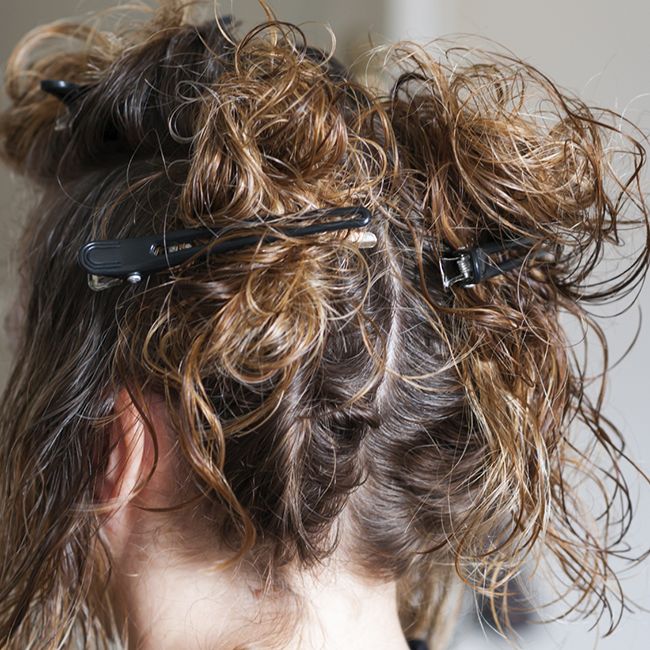We all know water is the most important ingredient when it comes to moisturizing our natural curls but did you know that not all water is created equally? Depending on your area, there are several environmental factors that can transform your water into hard water. Hard water is high mineral content, specifically magnesium and calcium. When rainwater hits the ground, the water interacts with limestone, chalk, and other elements. After interacting with the elements and also traveling through lakes and streams the water ultimately becomes hard.
Mineral buildup from hard water causes major issues for detangling, conditioning, softness, and the overall look of your hair.
While these minerals are not considered harmful to your health, they do alter how well the water cleans your household items and your hair. According to the US Geological survey, hard water can have some benefits, since humans need minerals to stay healthy. In addition, hard water generally contributes a small amount toward total calcium and magnesium for human dietary needs. But when it comes to your hair, hard water is not your friend. Due to the mineral buildup that is deposited onto the hair cuticle from hard water, this causes major issues for detangling, conditioning, the softness and overall look of your hair. So what’s a girl to do if you live in a hard water area? Here are some key tips to building your regimen.
3 Steps to building a hard water regimen
1. First, test your water
If you are unsure if you live in a hard water area, conduct a quick lather test. Hard water usually leaves behind a white residue on glasses after rinses or washing. When lathering with dish soap, hard water will result into somewhat of a white film vs. a rich lather right away. If you for sure have hard water, the less expensive solution is to install a water filtering showerhead. The filtration will help to remove chlorine and other deposits before they interact with your hair. The more effective but also more expensive option is installing a water softener system for your home.
2. Always pre-poo
Pre-pooing is a pre-shampoo process, usually completed with oils or your favorite deep conditioner to help with manageability and detangling before the actual shampoo process. Common forms of pre-pooing include hot oil treatments or a DIY mixture of coconut oil, honey, and a banana for extra slip and conditioning. While you don’t have to be a DIY mixtress every time you shampoo, instilling a pre-poo regimen into your weekly process will help soften the hair to combat what the hard water left behind. Instead of spending hours to get through your wash day, pre-pooing can help cut that time in half.
Watch: DIY Olive Oil Pre-Poo
Chelating shampoos are designed to bind to metals, minerals and pool water chemicals in order to remove those elements from the hair.
3. Switch up your shampoos
If you live in a hard water area, consider stepping up your shampoo game to include clarifying and chelating shampoos. If you swear by the Curly Girl Method of no-pooing, combining the no-poo method with hard water could be a problem. Perpetual co-washing, partnered with metals and minerals left behind by hard water proposes a serious problem for moisture retention and product effectiveness. Chelating shampoos like the Ion Hard Water Shampoo are designed to bind to metals, minerals, and pool water chemicals in order to remove those elements from the hair. Implement a chelating shampoo into your regimen once a month to ensure your hair is clarified and clean for healthy hair growth and optimal conditioning. Also, remember not to skip the deep conditioning sessions since clarifying and chelating shampoos can be extremely drying to the hair.
Do you live in a hard water area? What ways have you changed your regimen to ensure healthy hair?

